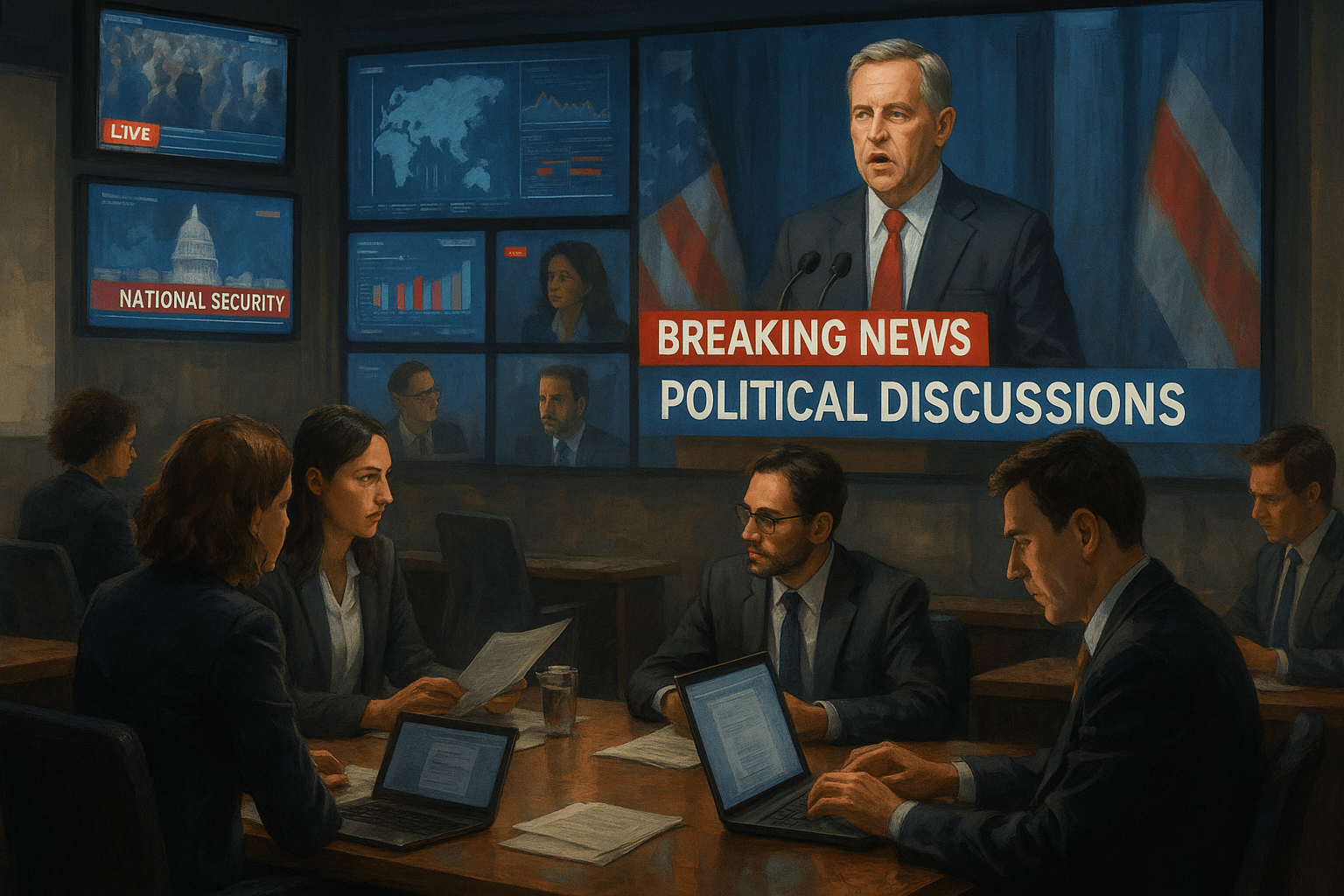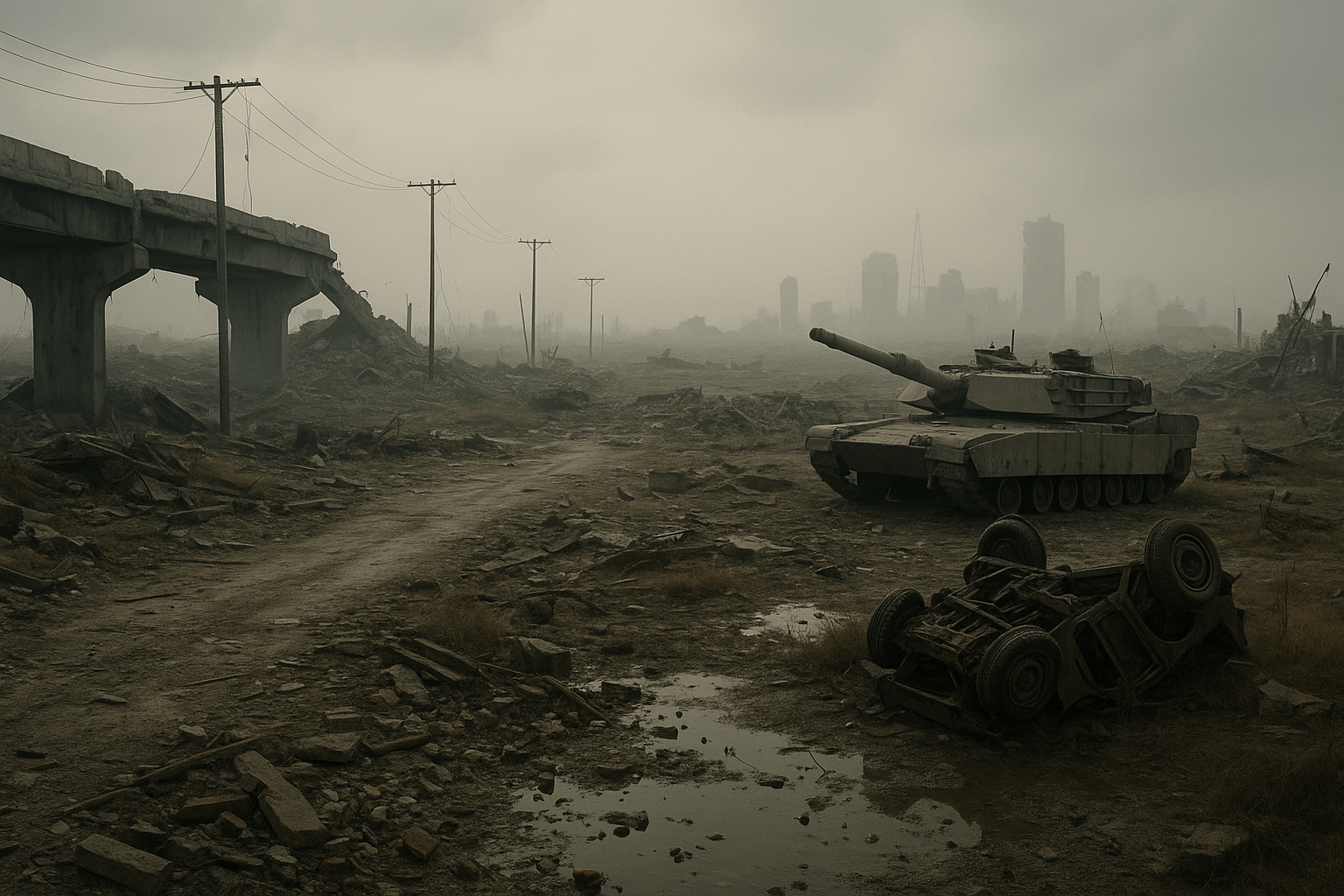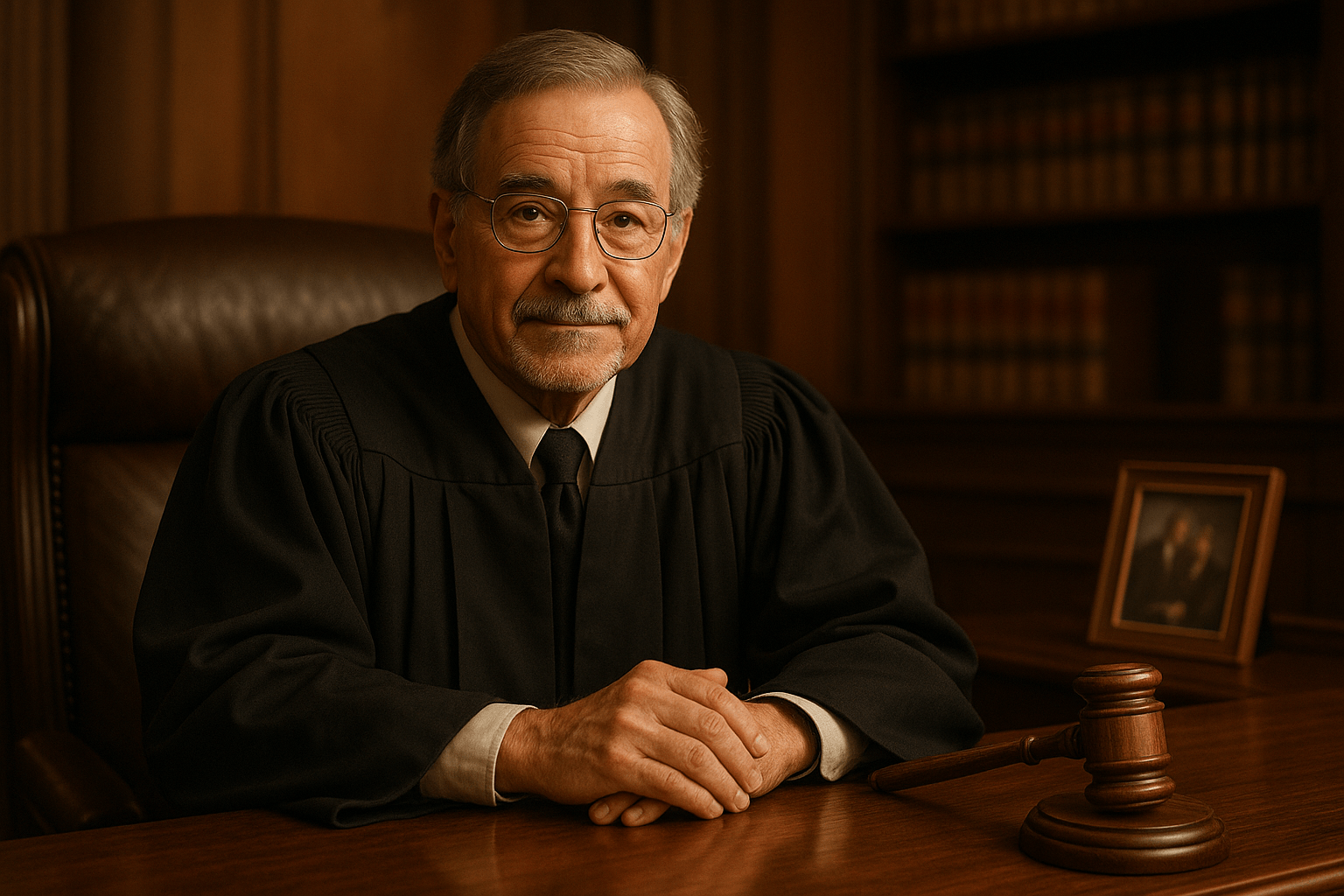Understanding News Coverage in Today’s Fast-Paced World
Staying informed about world events has never been more critical—or more challenging. In an age where information is just a click away, distinguishing between reliable facts and misinformation can be difficult. This blog post will explore how major news outlets cover the most important stories of our day, examine issues around violations of trust in journalism, and offer actionable tips for responsible media consumption.
The Race to Cover Breaking News
With the advent of 24-hour news cycles and social media, news coverage has become faster, but not always better. Every major event—be it political upheaval, natural disaster, or scientific breakthrough—unfolds in real time across countless platforms. As audiences, we demand immediacy, but this often comes at the expense of depth and accuracy. (Why speed matters in breaking news)
Reporters are tasked with delivering updates as quickly as possible, sometimes before all facts are verified. This makes it possible—if not inevitable—for errors to slip through. As viewers, it’s crucial to remain critical and aware of the context in which news is reported.
Why Context is Essential
When a story breaks, contextual information often gets sidelined. Headlines are written for maximum impact and stories sometimes omit important nuances. Consider the reaction to “This is a violation of…” style headlines. Without details, such stories can stir controversy or anxiety without offering clarity or actionable insight.
For more in-depth context, quality media outlets often supplement their primary coverage with expert interviews, opinion columns, and explainers. These pieces take more time to produce, but they help audiences truly understand the implications of an event.
The Line Between Reporting and Sensationalism
Media organizations walk a delicate line between informing the public and attracting viewership. Sensational headlines and dramatic framing can generate more clicks, but they may misrepresent the facts or exaggerate significance. This is especially risky in situations where the law or public trust is at stake—such as reporting on elections, protests, or high-profile legal battles. (Misinformation and journalism)
These violations of ethical journalism can have serious consequences, including public confusion, misplaced outrage, and even threats to democracy. As consumers, we should watch for these warning signs and seek well-sourced, balanced coverage.
Media Literacy: Your Best Defense
Given today’s media landscape, developing strong media literacy skills is more vital than ever. Here are some strategies to help navigate the news responsibly:
- Check the source: Verify that you’re reading from established, reputable outlets.
- Look for corroboration: Is the story reported by multiple organizations?
- Be mindful of headlines: Don’t form conclusions based solely on sensational titles.
- Read beyond the article: Use linked sources, expert opinions, and explainer pieces to deepen your understanding.
- Be aware of bias: Every outlet has an editorial stance—recognize it, and diversify your sources.
For more tips on assessing news credibility, check out this guide on spotting fake news from FactCheck.org.
The Role of Independent and Citizen Journalism
Alongside traditional media, independent journalists and citizen reporters now play an important role in coverage. Platforms like YouTube, Substack, and Twitter/X allow firsthand accounts and immediate uploads, bypassing some editorial filters. For instance, this YouTube video offers a unique perspective on how stories develop in real time.
However, these new forms of reporting come with risks. Without oversight, the potential for spreading misinformation or violating privacy increases. It’s critical to apply the same skeptical eye to these reports as to mainstream coverage—look for corroborating reports and context before forming opinions.
When News Goes Wrong: Violations of Public Trust
A phrase that comes up often in critical coverage is “This is a violation of…” It might refer to a breach of journalistic ethics, such as misrepresenting facts, or matters much graver—like government overreach or infringements on civil liberties. When such accusations are made, it’s important to seek out official statements, independent verification, and legal context. (Society of Professional Journalists Code of Ethics)
Understanding the difference between reporting on violations and sensationalizing them helps readers form educated opinions and respond appropriately as engaged citizens.
Conclusion: Building a Better-Informed Society
The news coverage of our most important stories shapes our conversations, perceptions, and decisions every day. By actively seeking context, applying skepticism, and holding media to high standards, we can become more than passive consumers—we become invested participants in the democratic conversation.
If you want to dive deeper into the nuances of contemporary news coverage or develop your skills as an informed reader, explore resources like the PolitiFact fact-checking site or the BBC’s media coverage explainer section.
In an environment where trust is hard to earn and easy to lose, let’s all commit to being vigilant, thoughtful, and proactive about the information we consume and share.




